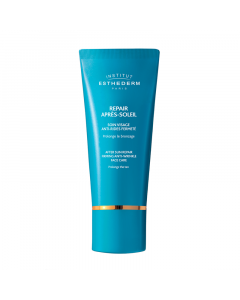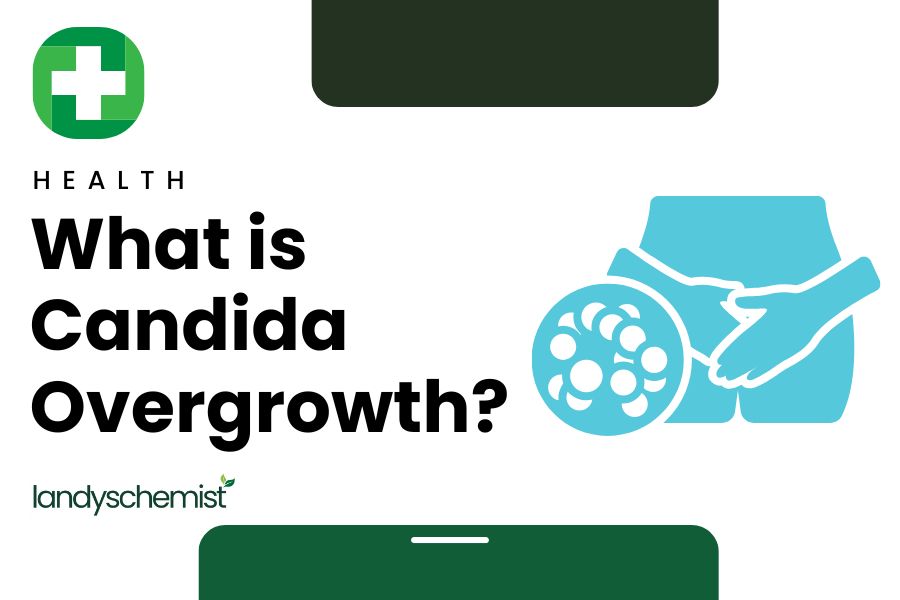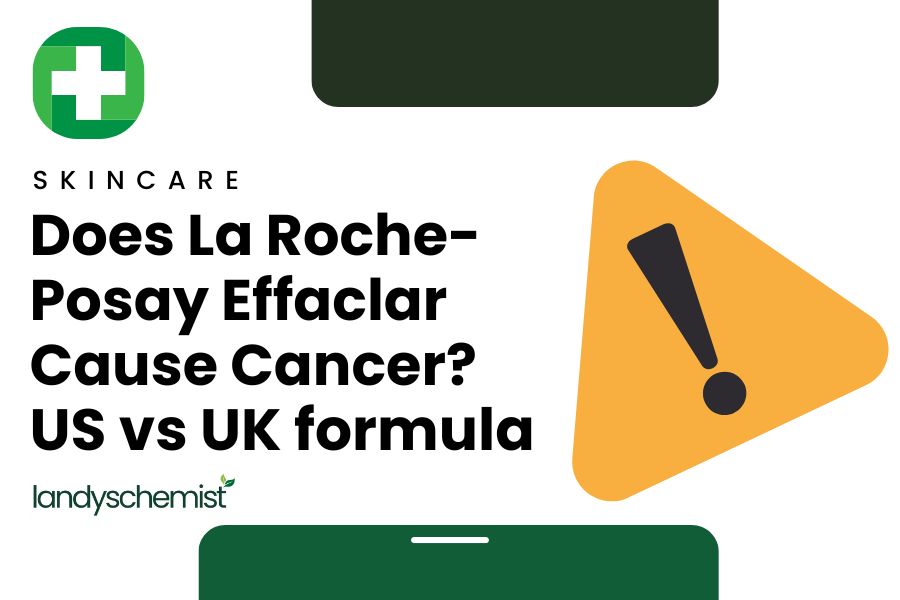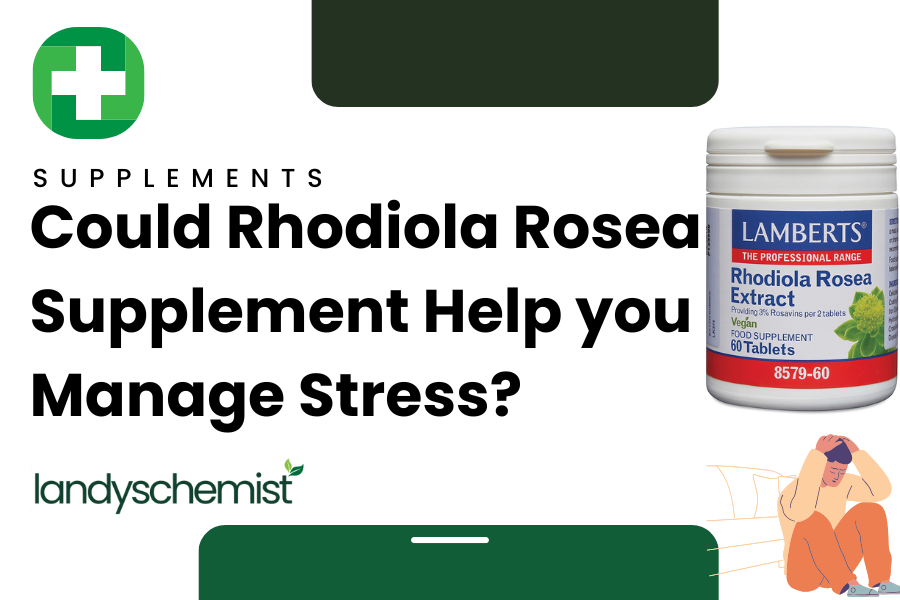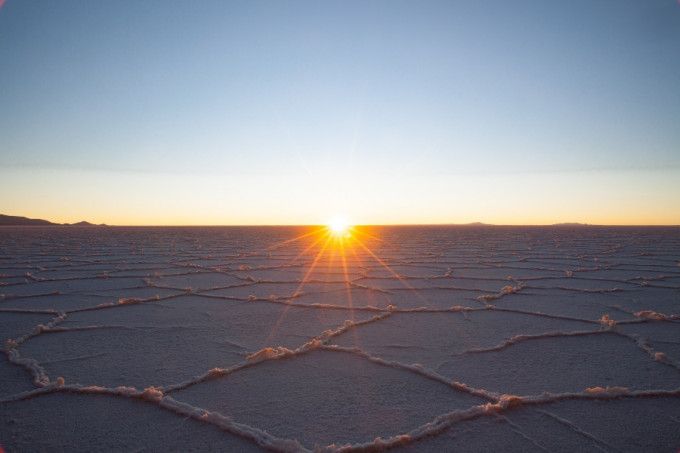
Best Aftersun: Which Ones Work & Why
By Neesha Desai, Pharmacist
Do you use aftersun? Do you only pick it up when you have sunburn? Are you looking for the best aftersun? We want to explain why you should be using it, how it works with your skin (with or without sunburn) and offer our recommendations.
What Is Aftersun?
Aftersun is a gel or lotion that is applied topically to your skin to prolong a tan, prevent peeling and help deal with sunburn. Aftersun hydrates, soothes, protects and repairs by working with your skin, giving it the valuable nutrients it needs to deal with sun exposure.
Everyone Should Be Using Aftersun
Aftersun should be a part of your skincare routine, especially if you have pale skin, are in a sunny country or spending time outdoors in summertime. It's important to note that no sunscreen is 100% UV proof and you can burn in as little as 15 minutes. You'll burn this quickly on the hottest and clearest days, where UV rays are very high, but we aren't just talking about preventing serious skin damage when we suggest using aftersun.
If you want your skin to stay smooth and supple, then you need to be using aftersun – regardless of how long you are spending in the sun. Remember that skin damage is possible in the UK, not just when you go on holiday. It isn't just sunburns you want to watch out for either, premature skin aging is caused by sun exposure and as well as other skin conditions like dry and scaly patches.
The NHS recommends using aftersun if you get burned, but you should also be using aftersun if you are spending prolonged time outdoors and want to make sure your skin stays strong and healthy for years to come.
How Does Aftersun Work?
The best aftersun, like all the most beneficial moisturisers, uses ingredients of the highest quality. And they use a combination that helps to combat the impact of sun exposure: skin heating/damage and drying.
Your aftersun should have a high water (listed as aqua) content. Burned skin lacks a protective barrier and needs moisture to reseal and repair. Additional ingredients like shea butter and watermelon will also help to apply and lock in moisture.
If you have spent a little too long in the sun, your skin will become red and/or sore. Aftersun aims to soothe that pain and offer a cooling effect. One of the prime ingredients that gives this is aloe vera as it reduces inflammation and irritation. For sore skin and sunburns, aftersun gel (instead of cream) is recommended as it allows the skin to breathe better.
A good aftersun will also help protect from further damage – since you will still be spending at least a little time outside even if you have skin damage. All kinds of botanical ingredients can help here, such as rosemary which combats free radicals as it contains antioxidants; it is also often used to prevent skin aging.
Finally, aftersun works to repair your skin, whether from a little dryness to more painful damage. Moisture is a big part of this, though certain floral and mineral extracts can assist in the process. For example, mimosa tenuiflora which comes from root bark is used in some aftersuns and has been used historically to treat skin damage.
Best Aftersun: Our Recommendations
There are many different aftersun options on the market. These are some of the best aftersuns available, and the most popular with those who care about great skincare.
Disclaimer
The products offered are not intended to diagnose, treat, cure, or prevent any illness or disease, or to replace the advice of a medical professional. Results are not guaranteed and may vary from individual to individual.

